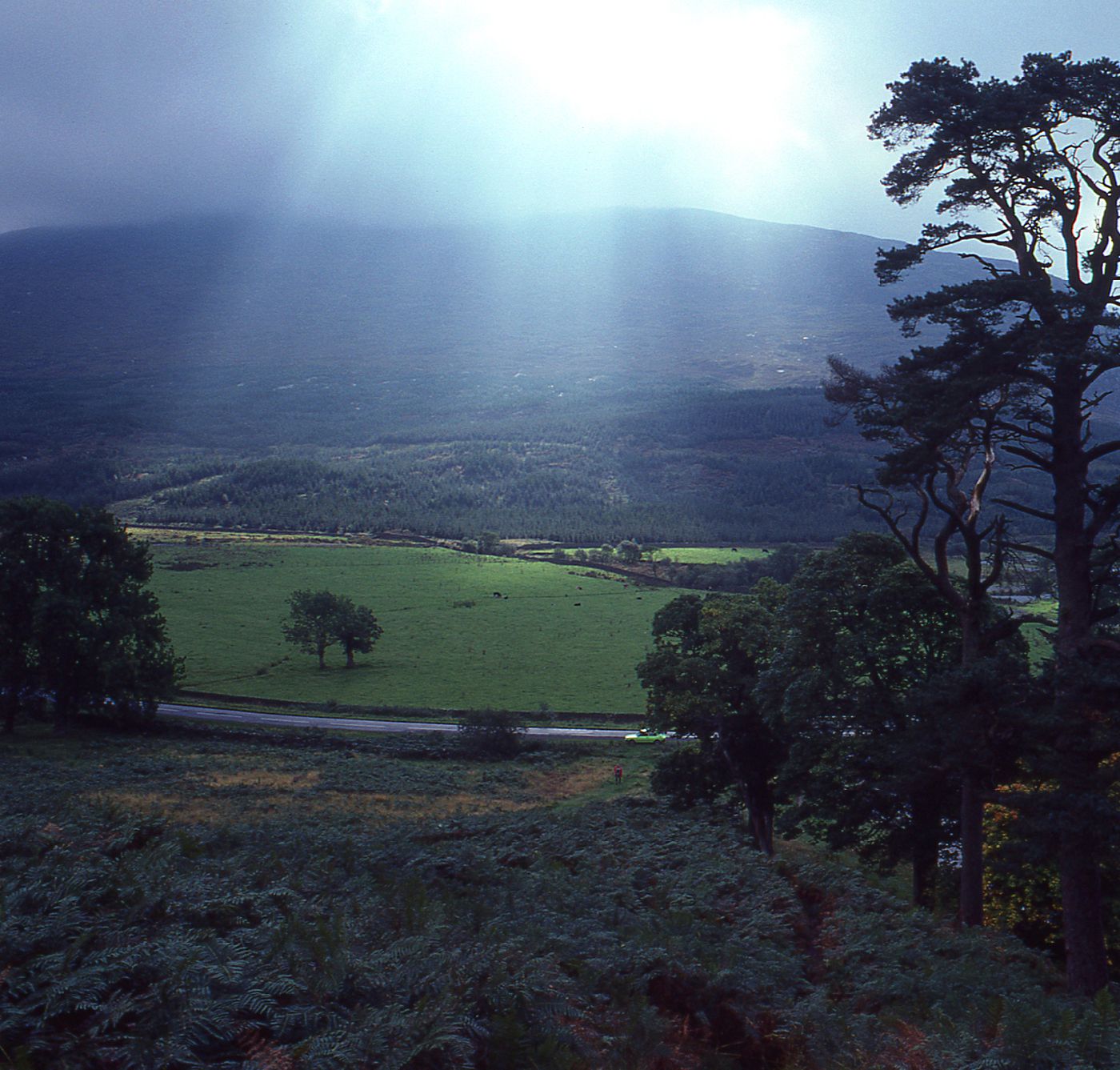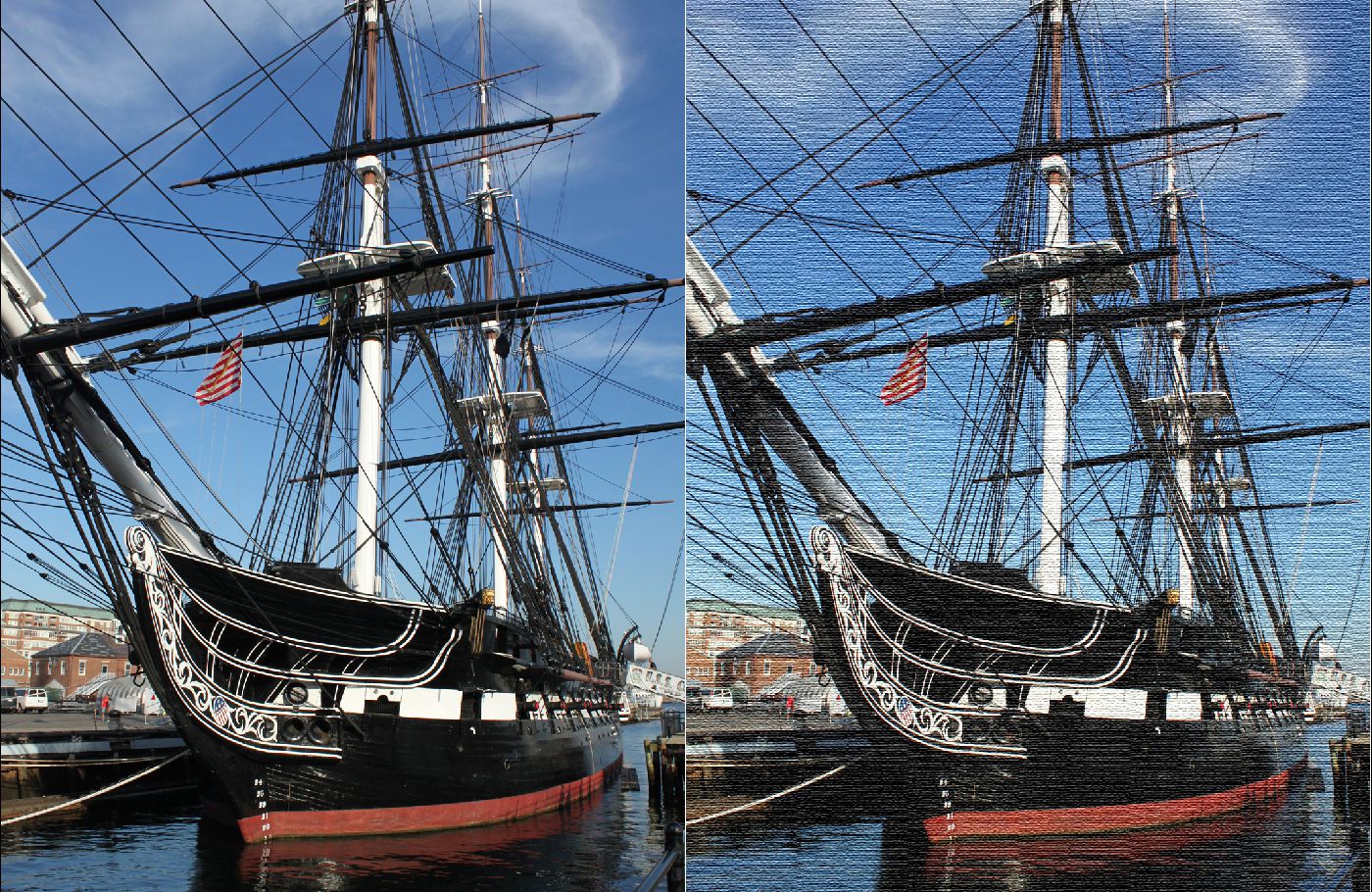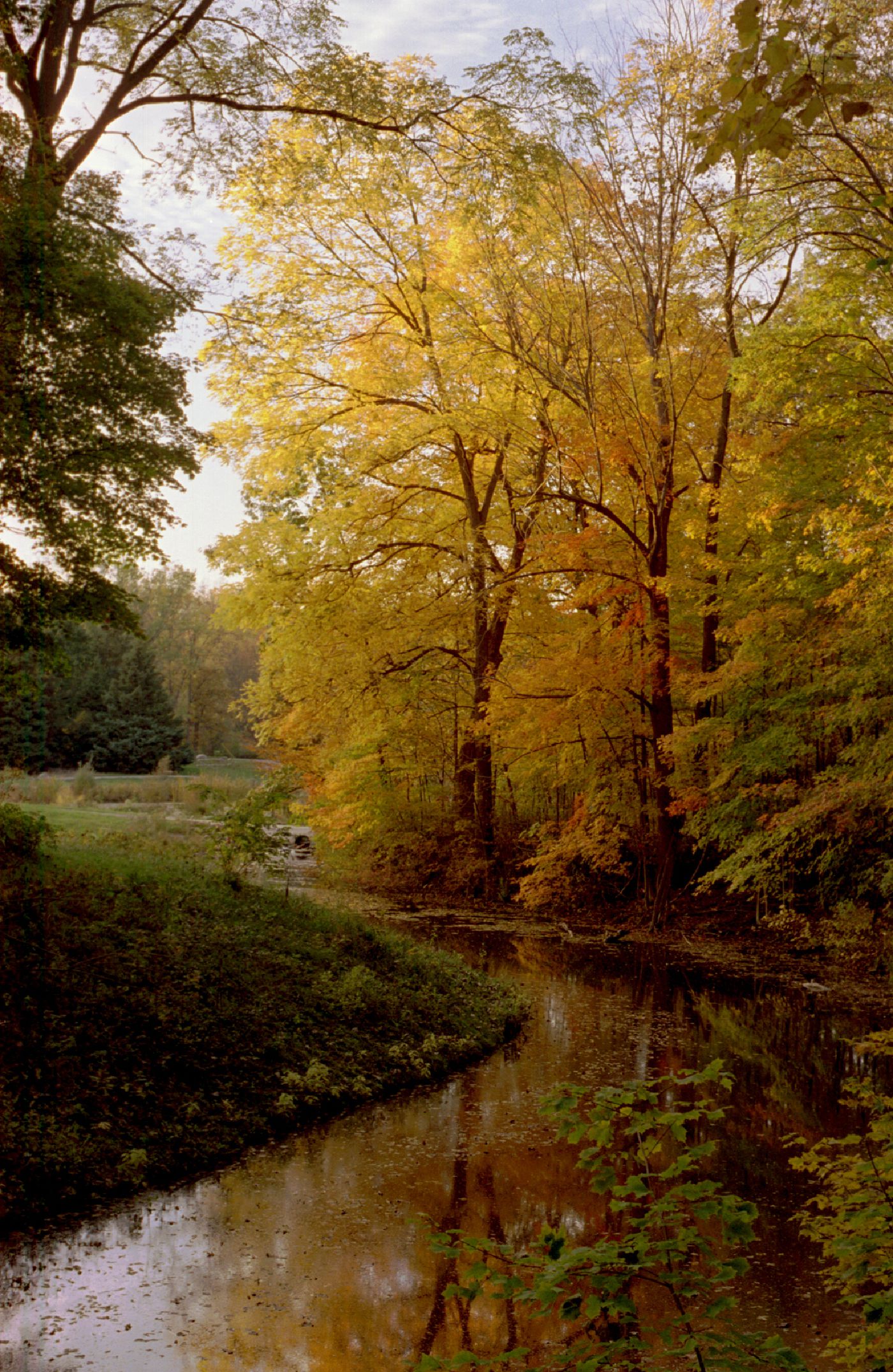
Artistic choices
The choice of paper used for printing an image has long been an artistic choice. But my reason for shooting color was never to make a conventional art object or to distort reality but to share what I saw.
No print can fully achieve that. The light-to-dark range of a print is a fraction of the gamut the eye sees. But high-quality “Giclée” printing is as good as or better than the best photographic papers ever made. And because a glossy surface can create a second reflective surface when framed under glass, matte is preferred.
Now, in a world of easy, expected color, black-and-white becomes an artistic choice by its intentional difference from the real, colorful, world. Printing with various tones and paper finishes extends the palette of expressive technique further.
HOWEVER...in my case, black-and-white wasn’t a choice. It was what we had. In college and the Coast Guard, color printing was too expensive and time-consuming for everyday use. We had to produce the best we could.
I offer prints from only a very few of my old black-and-whites, and these only in the styles I feel fit the subject.

